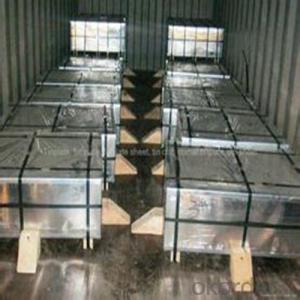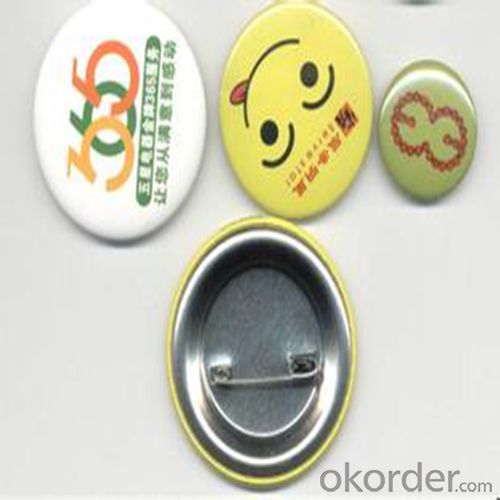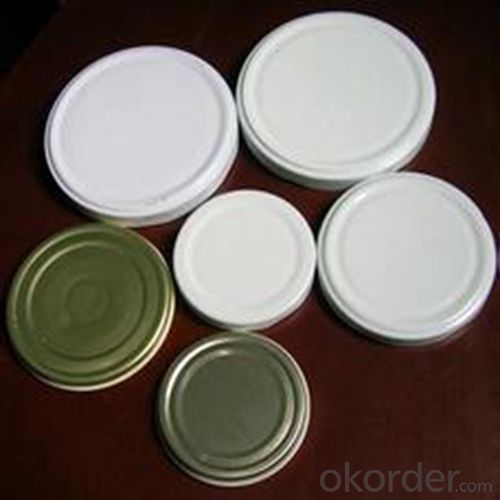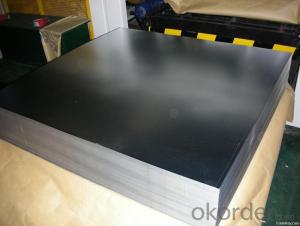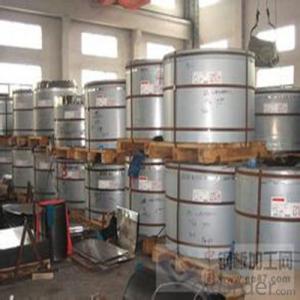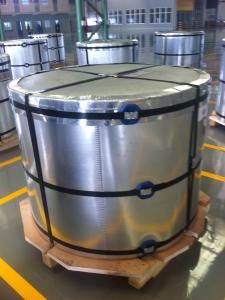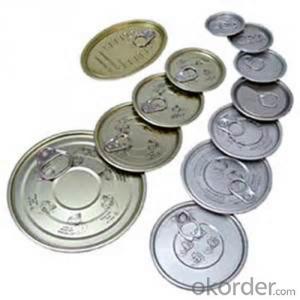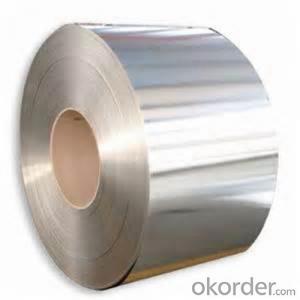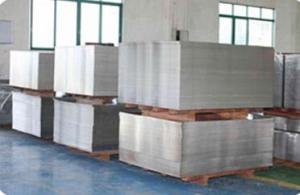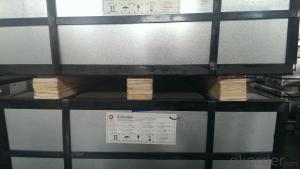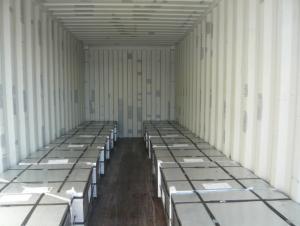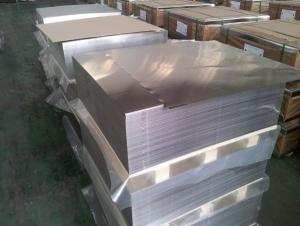Prime Good Quality Tinplate and TFS for Metal Container
- Loading Port:
- Shanghai
- Payment Terms:
- TT OR LC
- Min Order Qty:
- 50 m.t.
- Supply Capability:
- 25000 m.t./month
OKorder Service Pledge
OKorder Financial Service
You Might Also Like
Specification
1.Structure of Prime Good Quality Tinplate and TFS for Metal Container Description
Electrolytic Tinplate, is one thin steel sheet with a coating of tin applied by electrolytic deposition. Tinplate made by this process is essentially a sandwich in which the central core is strip steel. This core is cleaned in a pickling solution and then fed through tanks containing electrolyte, where tin is deposited on both sides. As the strip passes between high-frequency electric induction coils, it is heated so that the tin coating melts and flows to form a lustrous coat.
2.Main Features of the Prime Good Quality Tinplate and TFS for Metal Container
Chromium coated
Corrosion Resistant
Easier to recycle.
Sulphur Blackening Resistance: TFS has sulphur resistance properties, which can be used for canning protein- rich food such as fish.
Filiform Rust Resistance: Filiform is superficial corrosion of the base metal. TFS has a superior base metal which makes it corrosion resistance.
Coating: The coating in TFS is not amphoteric (having the characteristic of an acid and a base, is a compound that can react as either an acid or a base). This means that detergents and dispersion colors can be packed easily.
Paint Adhesion : TFS possesses better paint adhesion properties, thus making it ideal for DRD cans and adhesive bonded cans.
Weldability: TFS can be welded when metallic coating layers are removed by edge grinding.
TFS should be Lacquered / Coated to prevent rust in humid condition.
Internal Coating / Lacquering can be avoided in the case of TFS used to store motor oil or cooking oil.
3.Prime Good Quality Tinplate and TFS for Metal Container Images
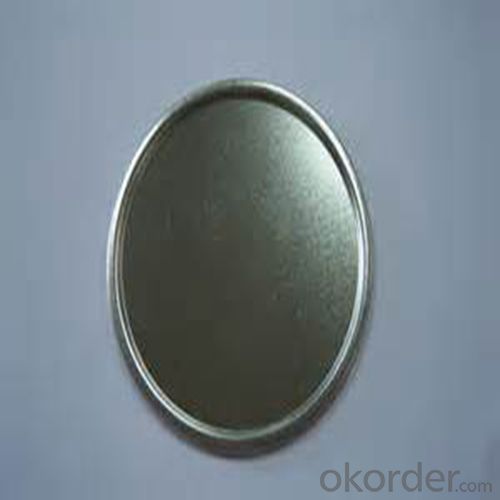
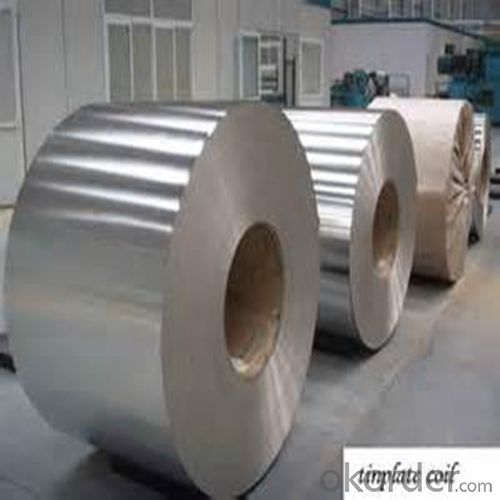
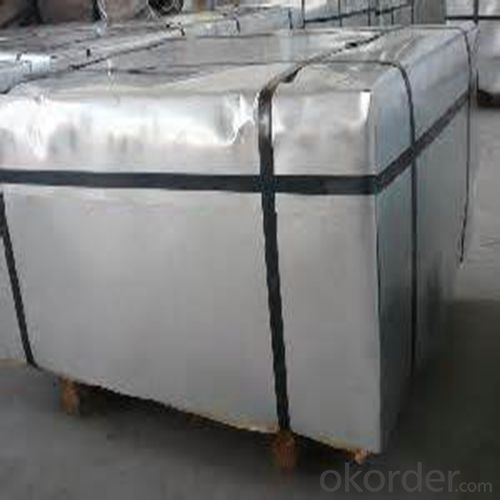
4.Prime Good Quality Tinplate and TFS for Metal Container Specification
Specification of :
Standard: ISO 11949 -1995, GB/T2520-2000,JIS G3303,ASTM A623, BS EN 10202
Material: MR,SPCC
Thickness:0.15mm - 0.50mm
Width: 600mm -1150mm
Temper: T1-T5
Annealing: BA & CA
Coil Inner Diameter: 508mm
Weight: 6-10 tons/coil 1~1.7 tons/sheets bundle
Passivation:311
Oil: DOS
Surface: Finish,bright,stone,matte,silver
5.FAQ of Prime Good Quality Tinplate and TFS for Metal Container
- How are the tinplates specified?
The tinplates are specified as per the steel base, extent of tempering, the coating weight, annealing method and the surface finish.
- How many types there are for base steels?
The base steels are of three types: Type MR, L, D
- Q: What are the advantages of using tinplate for jewelry?
- One advantage of using tinplate for jewelry is its affordability. Tinplate is a cost-effective material compared to precious metals like gold or silver, making it more accessible for a wider range of customers. Additionally, tinplate is durable and resistant to rust or tarnish, ensuring that the jewelry will maintain its appearance over time. Its lightweight nature also makes it comfortable to wear, making tinplate jewelry a practical choice for everyday use.
- Q: What are the advantages of using tinplate for paint cans?
- There are several advantages of using tinplate for paint cans. Firstly, tinplate is highly durable and provides excellent protection against corrosion, ensuring the longevity of the paint. Secondly, tinplate is lightweight, making it easier to handle and transport the cans. Additionally, tinplate is non-reactive, meaning it won't interact with the paint, preserving its quality and preventing any chemical reactions. Lastly, tinplate is a sustainable and recyclable material, making it an environmentally friendly choice for packaging paint.
- Q: What are the main countries producing tinplate?
- The main countries producing tinplate are China, Japan, South Korea, and the United States.
- Q: What are the common sizes and shapes of tinplate containers?
- Common sizes and shapes of tinplate containers include round cans, rectangular tins, and square boxes. The sizes of these containers can vary, but some standard sizes include 8-ounce, 16-ounce, and 32-ounce cans.
- Q: Can tinplate be used for HVAC systems?
- Yes, tinplate can be used for HVAC systems. Tinplate is a durable and corrosion-resistant material that is commonly used in the manufacturing of HVAC components such as ductwork, vents, and fittings. It provides excellent protection against moisture and can withstand high temperatures, making it suitable for HVAC applications.
- Q: How does tinplate contribute to the overall recyclability of packaging?
- Tinplate contributes to the overall recyclability of packaging by being a highly recyclable material itself. It can be easily separated from other packaging components through magnetic separation, making the recycling process more efficient. Additionally, tinplate is a durable material that can be recycled multiple times without losing its quality, reducing the need for new raw materials and minimizing waste in the packaging industry.
- Q: What are the different methods of disposing of tinplate packaging?
- Some of the different methods of disposing of tinplate packaging include recycling, reusing, and landfill disposal. Recycling involves separating the tinplate from other materials and sending it to recycling facilities to be processed into new products. Reusing tinplate packaging can involve repurposing it for storage or other purposes. If recycling or reusing is not possible, tinplate packaging can be disposed of in landfills, although this should be the last resort as it contributes to waste accumulation.
- Q: What are the advantages of using tinplate for beverage cans?
- There are several advantages of using tinplate for beverage cans. Firstly, tinplate is highly resistant to corrosion, ensuring that the cans remain intact and the beverage inside stays fresh. Secondly, tinplate provides an excellent barrier against oxygen, light, and moisture, preventing any potential contamination and maintaining the quality of the drink. Additionally, tinplate is lightweight yet strong, making it convenient for transportation and reducing packaging costs. Lastly, tinplate is recyclable, making it an environmentally friendly choice and promoting sustainability.
- Q: Can tinplate be used for high-temperature applications?
- No, tinplate is not suitable for high-temperature applications as it has a low melting point.
- Q: The composition of tinplate?
- There are other statements, such as China used this lamp tin plate made of kerosene, shaped like a horse, so called "tin".
Send your message to us
Prime Good Quality Tinplate and TFS for Metal Container
- Loading Port:
- Shanghai
- Payment Terms:
- TT OR LC
- Min Order Qty:
- 50 m.t.
- Supply Capability:
- 25000 m.t./month
OKorder Service Pledge
OKorder Financial Service
Similar products
Hot products
Hot Searches
Related keywords
